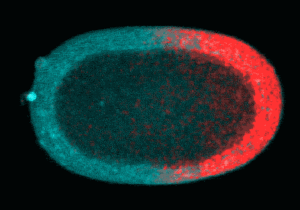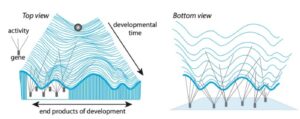Discover new in vivo protocols to understand contractile ring dynamics during cytokinesis in C. elegans embryo
Fung Yi Chan, Ana Marta Silva, and Ana Xavier Carvalho elaborated several experimental approaches for monitoring contractile ring dynamics in 4 cell stage C. elegans embryo. Determinant during the cytokinesis, the actomyosin contractile ring is still not fully understood and the failure to set it up it could lead to tumorigenesis. The group has studied and established differents ways to disturbed the contractile ring such as drug treatments, thermosensitive mutants & fast temperature shifts, laser microsurgery and RNAi-meditated depletion. In this paper, you can find their approaches and the possibility to how they have live imaged the contractile ring dynamics during perturbations. Temperature-sensitive mutants experiments have been done using our CherryTemp device.

Ultra fast temperature shift device for in vitro experiments under microscopy
Abstract
Cytokinesis is the process that completes cell division by partitioning the contents of the mother cell between the two daughter cells. It involves the highly regulated assembly and constriction of an actomyosin contractile ring, whose function is to pinch the mother cell in two. Research on the contractile ring has particularly focused on the signaling mechanisms that dictate when and where the ring is formed. In vivo studies of ring constriction are however scarce and its mechanistic understanding is therefore limited. Here we present several experimental approaches for monitoring ring constriction in vivo, using the four-cell C. elegans embryo as model. These approaches allow for the ring to be perturbed only after it forms and include the combination of live imaging with acute drug treatments, temperature-sensitive mutants and rapid temperature shifts, as well as laser microsurgery. In addition, we explain how to combine these with RNAi-mediated depletion of specific components of the cytokinetic machinery.
References
- Chan F.Y., Silva A.M., Carvalho A.X. (2020)
Using the Four-Cell C. elegans Embryo to Study Contractile Ring Dynamics During Cytokinesis. In: Maiato H. (eds) Cytoskeleton Dynamics. Methods in Molecular Biology, vol 2101. Humana, New York, NY



